Regular sauna use—especially with traditional dry Finnish saunas—has been observationally linked to lower cardiovascular disease (CVD) and all-cause mortality; experimental studies show passive heat therapy can improve blood pressure (BP) and vascular function in adults, including older adults. Start modestly: 10–20 minutes per session at 70–90 °C (158–194 °F), 2–4×/week, with unhurried cool-downs and hydration. If you have unstable heart disease, uncontrolled BP, or are pregnant, get medical clearance first. Treat infrared saunas as a gentler option; the best protocol is the one you actually do. Sauna isn’t my magic bullet; it’s a habit I stack onto my recovery protocol.
I regularly incorporate sauna use as a recovery tool 2-3 times a week, which has contributed to improving my recovery and quality of sleep. I begin with 10–12 minutes at 75–80 °C (167–176 °F), 3-4 times per session, and cool-down in the cold plunge between reps. I sip water as needed but try to keep hydration to a minimal since I recover with electrolytes afterward. During the sauna session, I will do stretches since I find that the sauna heat helps loosen and further relaxes my muscles thereby resulting in better stretches during my sauna session. I also perform breath work in the sauna by doing deep inhaling and exhaling exercises as I find this puts me into a recovery state and I can clear my mind. Ever since I started using the sauna, I watch simple markers—resting heart rate, sleep, and recovery to gauge if I need to extend my sauna sessions for more benefits. Overall, sauna use has improved my recovery and lowered my stress which is why I am Aging Better and contributing to my Longevity.
What counts as “sauna” (and how it differs from infrared)
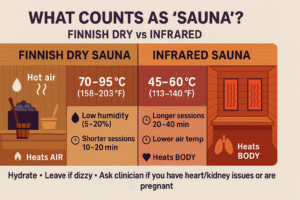
A Finnish (dry) sauna heats the air to roughly 80–100 °C with low humidity; you’ll see 70–95 °C widely reported across research. By contrast, infrared (IR) saunas warm the body at lower air temperatures (≈45–60 °C), which many find more comfortable and sustainable for longer sessions. Both drive sweating and heat stress, but they’re not identical exposures. For today’s evidence review, most mortality and large epidemiology comes from traditional Finnish saunas, while several intervention trials use dry sauna or hot-water immersion (same “heat therapy” idea).
Two well-cited datasets anchor interest:
Finnish men (JAMA Internal Medicine, 2015): In ~2,300 middle-aged men followed for ~20 years, more frequent sauna use (4–7×/week) was associated with lower sudden cardiac death, fatal coronary heart disease, fatal CVD, and all-cause mortality compared with once-weekly use. Longer sessions also tracked with lower risk. This is association, not causation, but the dose–response pattern is compelling. JAMA Network+1
Follow-on/related work (2018): Risk of CVD death declined linearly with increasing weekly sessions (no clear threshold), strengthening the pattern seen earlier. Again: observational, but consistent. PubMed
Takeaway: Saunas correlate with better outcomes; mechanisms likely include improved vascular function, BP lowering, and maybe behavioral factors (relaxation, social connection). We still need more randomized trials to prove causality. Mayo Clinic Proceedings
If you are looking to improve your Aging Journey then check out this article: What Does It Mean To Age Better?
The intervention data: what heat does to your vessels
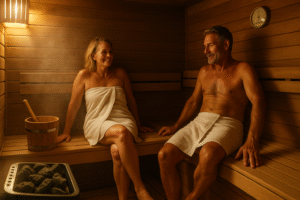
Beyond associations, passive heat therapy (sauna or hot-water immersion) shows physiologic improvements:
Endothelial function & BP: Controlled studies show improved endothelium-dependent dilation, reduced arterial stiffness, small drops in systolic BP, and favorable changes in carotid intima-media thickness after heat blocks. PMC
Older adults & clinical populations: Early trials report BP reductions and better vascular function even in older adults and those with mild kidney impairment (where clinicians often watch BP closely). Lippincott Journals
Meta-analyses: A recent quantitative synthesis pooling randomized controlled trials (RCTs) of passive heating reported a ~2–3 mmHg reduction in systolic BP on average—modest but meaningful at the population level. ScienceDirect
Exercise + sauna = additive: A multi-arm RCT suggests exercise plus sauna improved cardiorespiratory fitness (CRF), systolic BP, and cholesterol more than exercise alone. Think of sauna as a complement, not a replacement, for training. PMC+1
Why heat exposure might work (plain English)
Heat is a cardiovascular stressor: heart rate rises, vessels dilate, and skin blood flow increases to shed heat. Repeated sessions seem to train the system—much like moderate-intensity exercise—improving vascular compliance, lowering resting BP, and boosting sweat and plasma volume responses (better heat tolerance). Add the relaxation and sleepbenefits many report, and you’ve got a habit that stacks small gains for recovery and cardiometabolic health. (But unlike formal exercise, sauna doesn’t build VO₂max—maximal oxygen uptake—nearly as well, so keep your Zone 2 and strength days.) PMC
How to start after 40 (safe, sustainable, effective)
Use these evidence-aligned guardrails:
Temperature: For traditional saunas, aim 70–90 °C (158–194 °F); start cooler if you’re new. IR users typically sit 45–60 °C (113–140 °F). PMC+1
Time: Begin with 10–15 minutes; regular users often settle at 15–20 minutes. Leave sooner if light-headed. Harvard Health
Frequency: 2–4 sessions/week is a realistic longevity-focused target (observational data show benefits at 4–7×/week, but start where recovery and schedule allow). JAMA Network
Cool-down: Sit, breathe, and let your HR normalize before any cold exposure.
Hydration: Replace fluids (2–4 glasses after a session) and consider electrolytes if you’re a salty sweater. Harvard Health
Stop/skip if: You feel dizzy, nauseated, chest pain, or you’re acutely ill; avoid alcohol around sessions. Harvard Health
Medical note: If you have unstable angina, recent cardiac event, uncontrolled BP, advanced kidney disease, are pregnant, or have conditions that impair heat tolerance, get individualized clearance before making sauna a habit. (Early trials in mild kidney impairment are interesting but niche; personalize with your clinician.) Lippincott Journals
Traditional vs. infrared: which should you choose?
Traditional Finnish (dry) sauna has the strongest evidence base for long-term outcomes (because that’s what Finns use).
Infrared can be more comfortable at lower temps, and early studies suggest BP/circulation benefits—but long-term mortality data are scarce. If IR helps you stick with it, it’s a valid on-ramp. Health
Bottom line: Pick the modality that you’ll do consistently while keeping your exercise program in place.
A week that works (and doesn’t wreck recovery)
Mon: Zone 2 walk/ride (45 min).
Tue: Sauna 15–20 min + gentle cool-down, hydrate.
Thu: Strength training (full-body, 30–40 min).
Fri: Sauna 15–20 min (or IR 25–35 min).
Sat: Zone 2 (45–60 min).
If sleep or joints are off, skip sauna and just walk. If life gets hectic, one weekly sauna is still a win.
Cold plunge? Helpful or hype
Contrast (hot-cold) can feel invigorating and may blunt soreness, but the data on long-term health are limited. There’s also a timing caveat: very cold immersion immediately after strength training may dampen hypertrophy signals. Keep sauna/contrast on non-lifting days or several hours after lifting if muscle growth is a priority. (This nuance comes from exercise physiology studies on cold-induced interference, not sauna trials per se.) Use sparingly; recovery and sleep still rule.
FAQs
Is sauna “as good as” cardio?
No. Heat provides a cardiovascular stress and small BP improvements, but it doesn’t replace the mitochondrial and VO₂max adaptations from training. Treat sauna as a plus-one for recovery and vascular health. PMC
How hot is “hot enough”?
Most studies use 70–95 °C (traditional). If you prefer IR, 45–60 °C is common and more tolerable; sessions are often longer. Start low and progress. PMC+1
What’s the best weekly dose?
Observational work ties 4–7×/week to better outcomes, but many adults thrive at 2–4×/week. Don’t chase frequency if it harms sleep, hydration, or training. JAMA Network
Any proven BP changes?
A recent RCT meta-analysis suggests ~2–3 mmHg systolic reductions from passive heat blocks; individual responses vary. ScienceDirect
Product picks
 4.8$3,130.99Buy Now
4.8$3,130.99Buy NowA 3-person indoor Finnish-style wooden sauna (Canadian Hemlock) with a 3.5 kW/220 V rock heater (0–90 °C), smart control panel with Bluetooth audio, tempered-glass door, and a full accessory kit (stones, bucket/ladle, sand timer, hygrothermograph, and lighting).
Benefit: Provides an authentic, easy-to-use sauna experience with quick heat-up, even heat distribution, and everything needed out of the box.
Product Appeal: Ideal for home wellness users wanting a stylish, compact, indoor-only rock-heater sauna with modern conveniences—just plan for a dedicated 220 V circuit.
We earn a commission if you make a purchase, at no additional cost to you.
12/17/2025 02:10 am GMT 4.6$1,899.99Buy Now
4.6$1,899.99Buy NowA 1–2 person, low-EMF FAR infrared sauna in Canadian hemlock with six carbon PureTech panels, chromotherapy/red light and Bluetooth/MP3 speakers, sized ~36"×32"×67", operating up to 135 °F (comfort 115–130 °F), and assembling in ~1 hour via a standard 120 V/15 A plug.
Benefit: Quick, energy-efficient heat in a compact, plug-and-play cabin that delivers relaxing infrared sessions without special wiring.
Product Appeal: Ideal for space-conscious home wellness users who want modern comforts—audio, red-light/chromotherapy, and low-EMF infrared—at lower, more comfortable operating temperatures than traditional saunas.
We earn a commission if you make a purchase, at no additional cost to you.
12/17/2025 02:10 am GMT 4.3$39.00Buy Now
4.3$39.00Buy NowA zero-sugar, low-calorie electrolyte drink mix from Thorne in single-serve stick packs (NSF Certified for Sport) with ~480 mg sodium, 99 mg potassium, and 40 mg magnesium per serving, naturally flavored/sweetened and offered in flavors like Blood Orange or Mango Limeade.
Benefit: Delivers convenient, clean-label rehydration and electrolyte replacement (especially sodium) without added sugar, suitable for workouts, sauna days, or travel.
Product Appeal: Ideal for athletes and wellness-focused users who want NSF-certified, low-calorie stick packs with balanced electrolytes and approachable flavors they can toss in a gym bag or carry-on.
We earn a commission if you make a purchase, at no additional cost to you.
12/17/2025 02:10 am GMT
Conclusion
For adults over 40, sauna is a smart accessory habit: it’s relaxing and, when used regularly, is linked (observationally) to lower CVD and all-cause mortality, while intervention trials show small but real BP and vascular benefits. The winning recipe is modest, consistent exposure—10–20 minutes, 2–4×/week—layered on top of your exercise and strength plan, never instead of it. Hydrate, cool down unhurriedly, and personalize if you have medical conditions. Think of sauna like brisk walking for your vessels—not a panacea, but a helpful nudge in the right direction.
Disclaimer: All the content on this site is for informational purposes only, does not constitute medical advice, and does not establish any kind of patient-client relationship by your use of this website. I am not a health care professional. The information, including but not limited to text, graphics, images and other material contained on this website are for informational purposes only. No material on this site is intended to be a substitute for professional medical advice, diagnosis, or treatment. Before starting any new regimen, supplement, diet, or program, it is crucial to consult with a healthcare professional to ensure it is safe and suitable for your individual health needs and circumstances. Here’s a little transparency: This website also contains affiliate links. This means if you click and make a purchase, we may receive a small commission. Don’t worry, there’s no extra cost to you. It’s a simple way you can support our mission to bring you quality content.


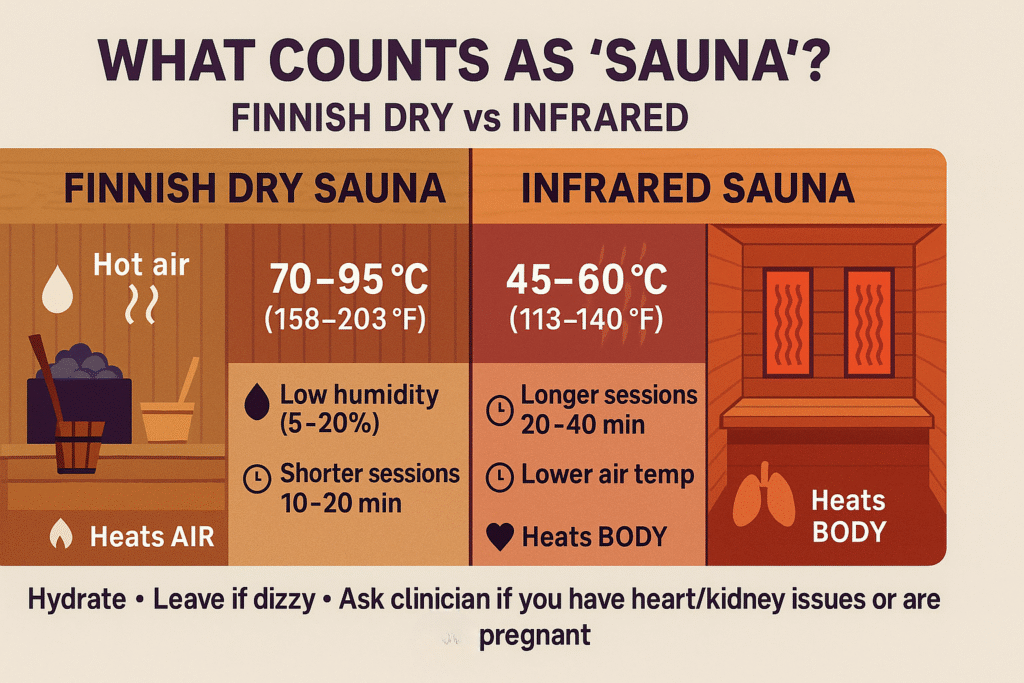
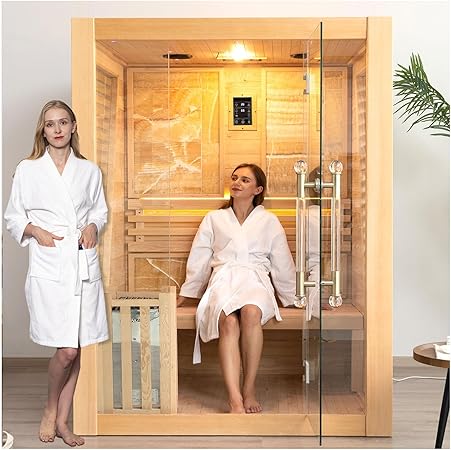


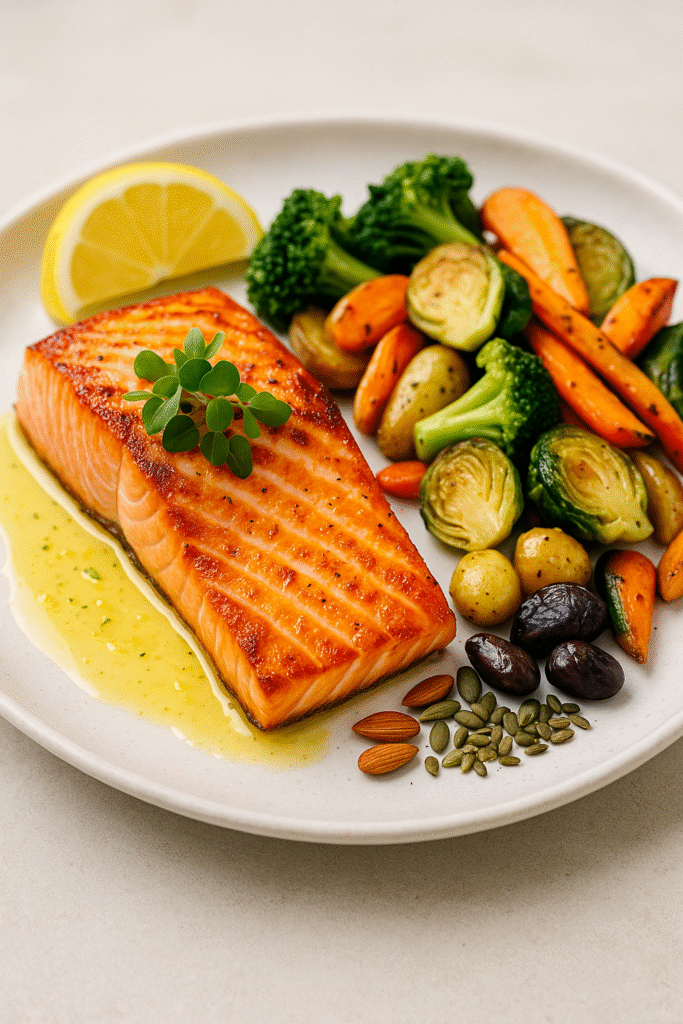
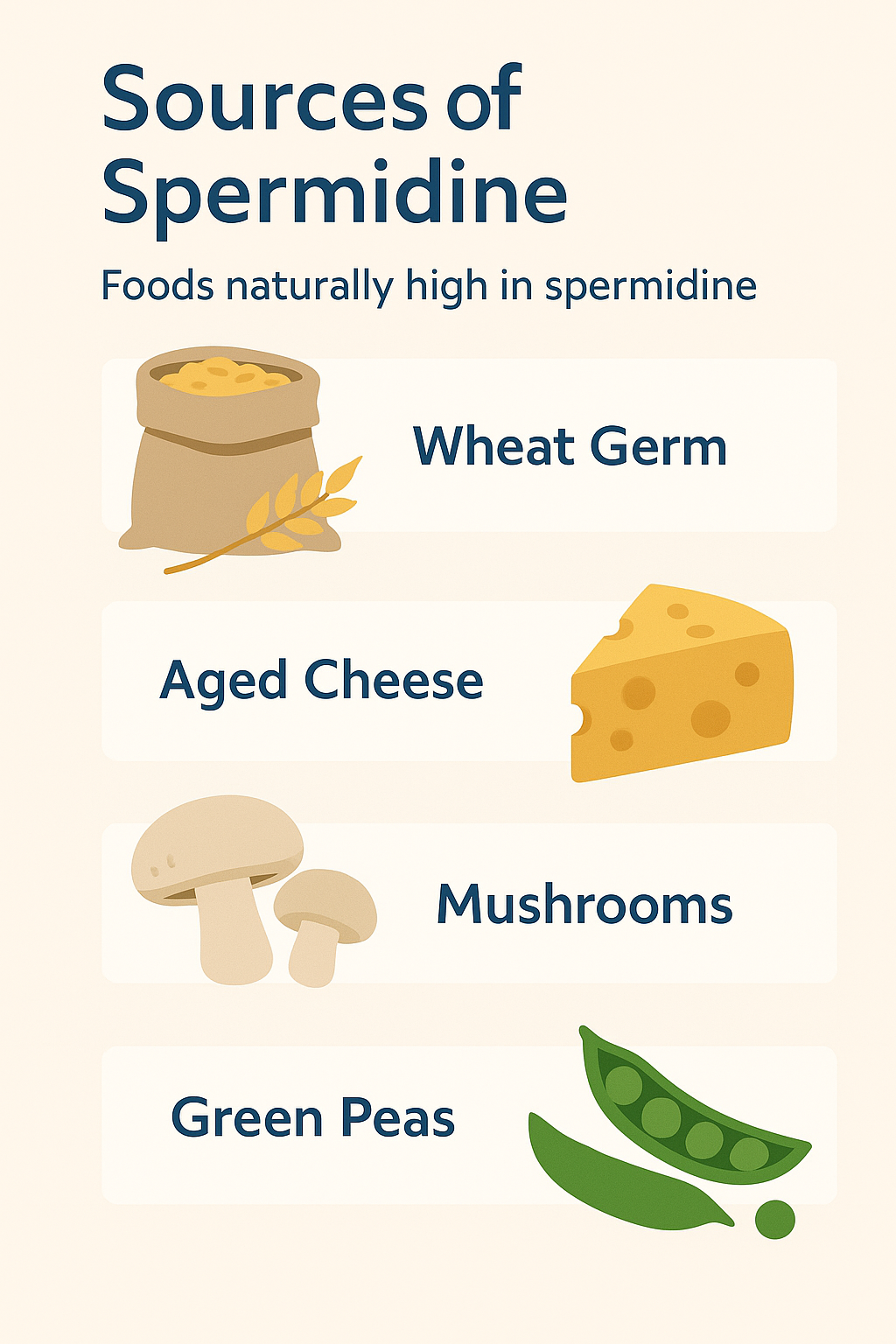

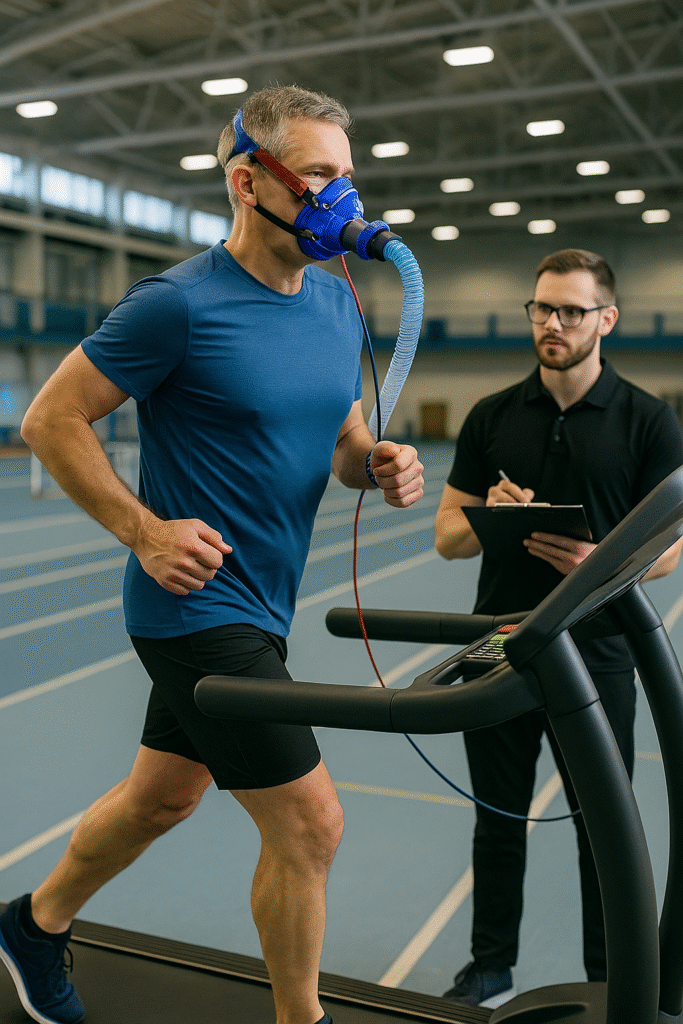
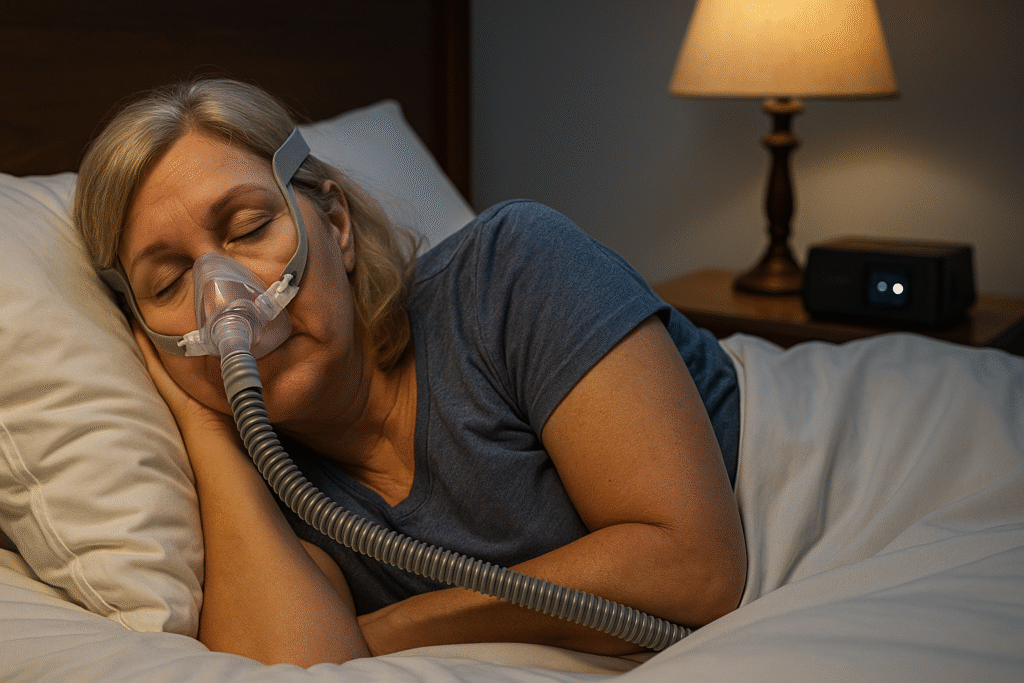
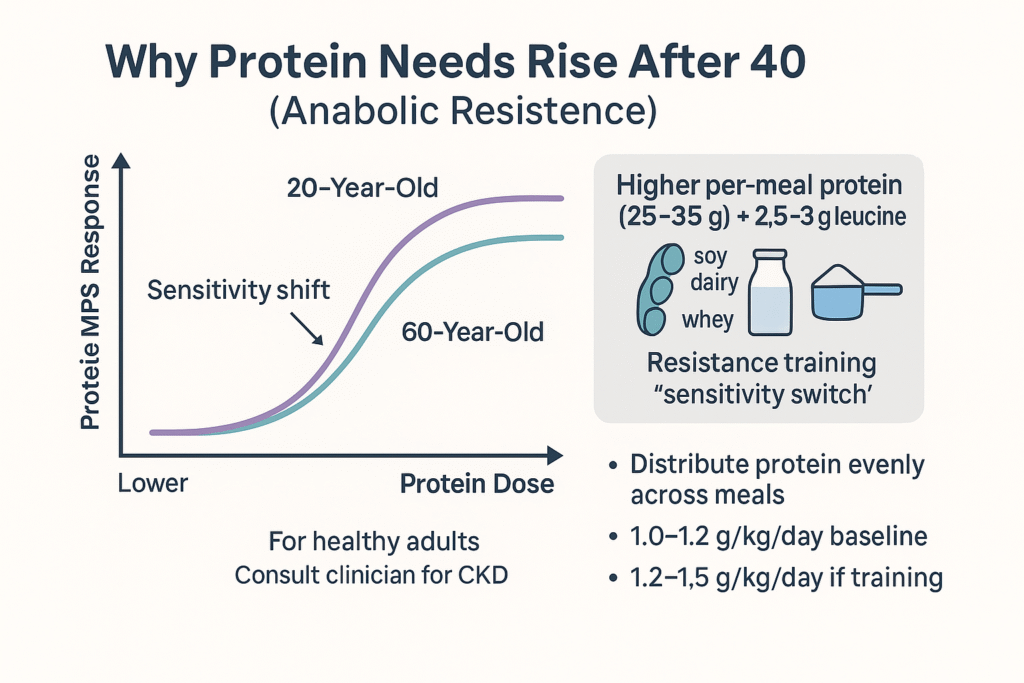
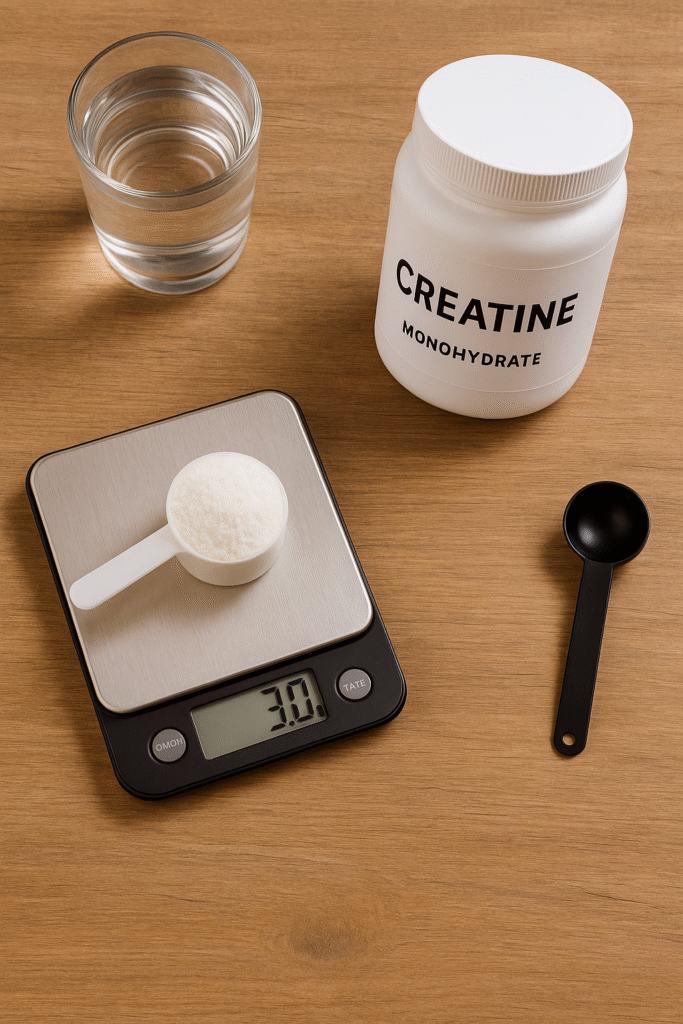
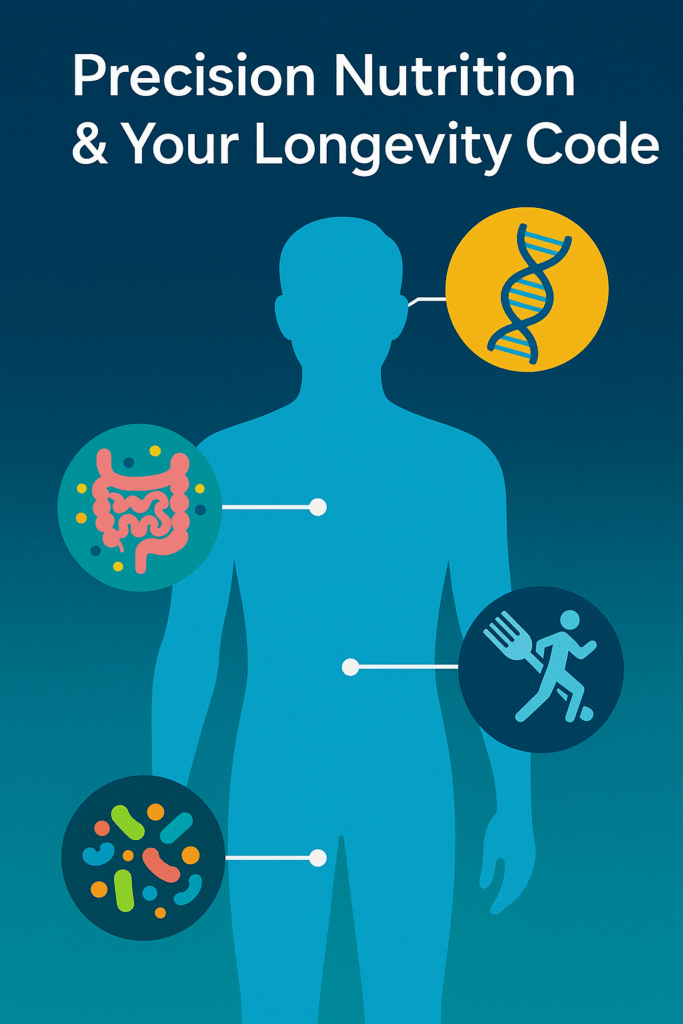
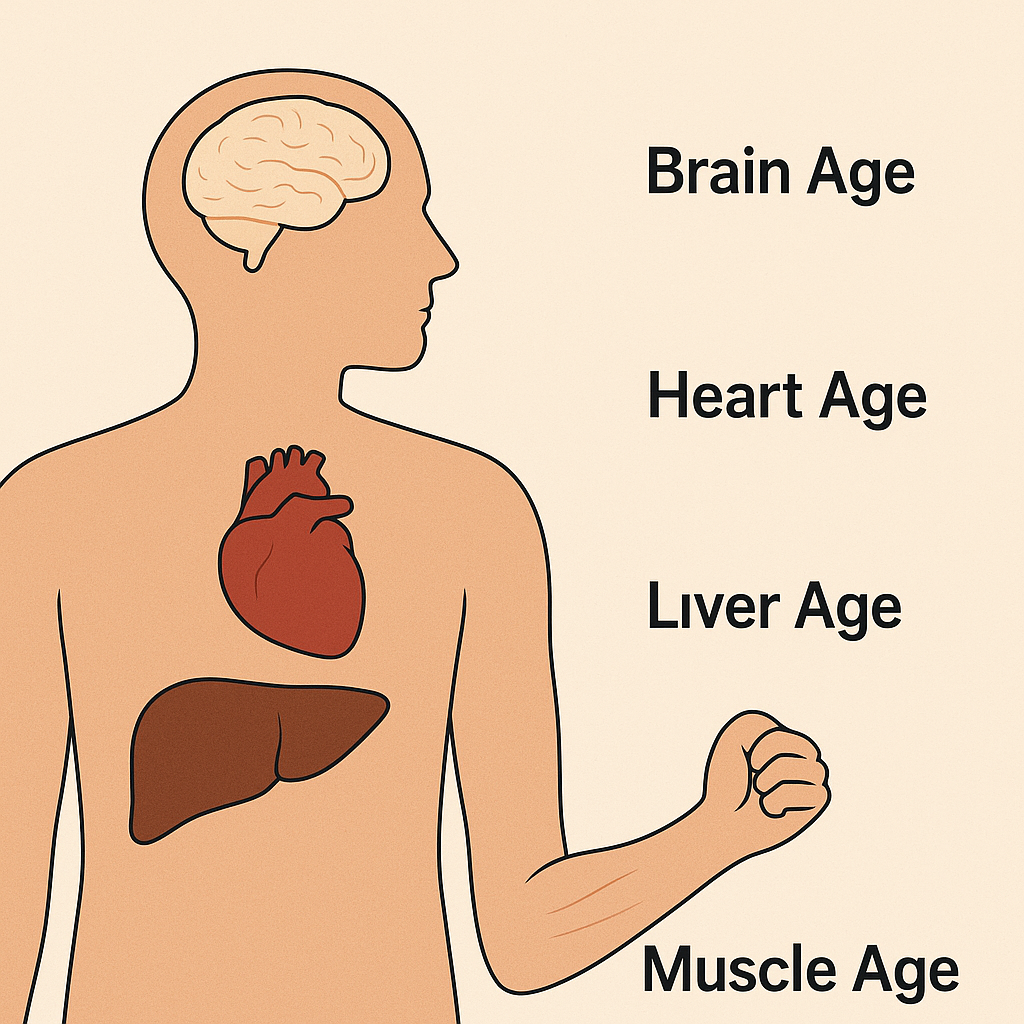
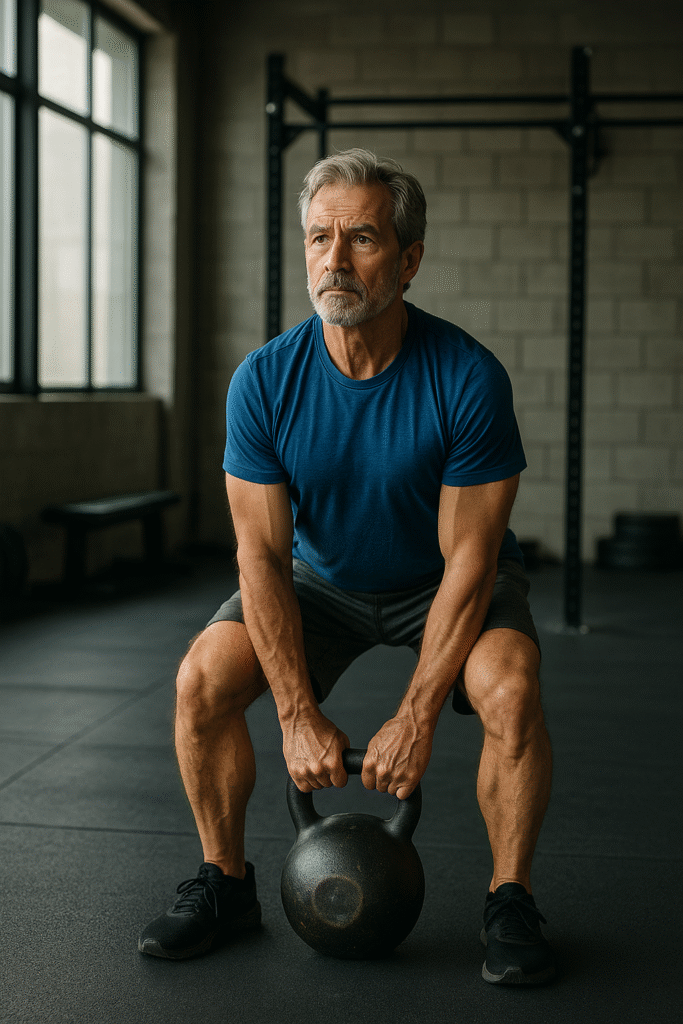
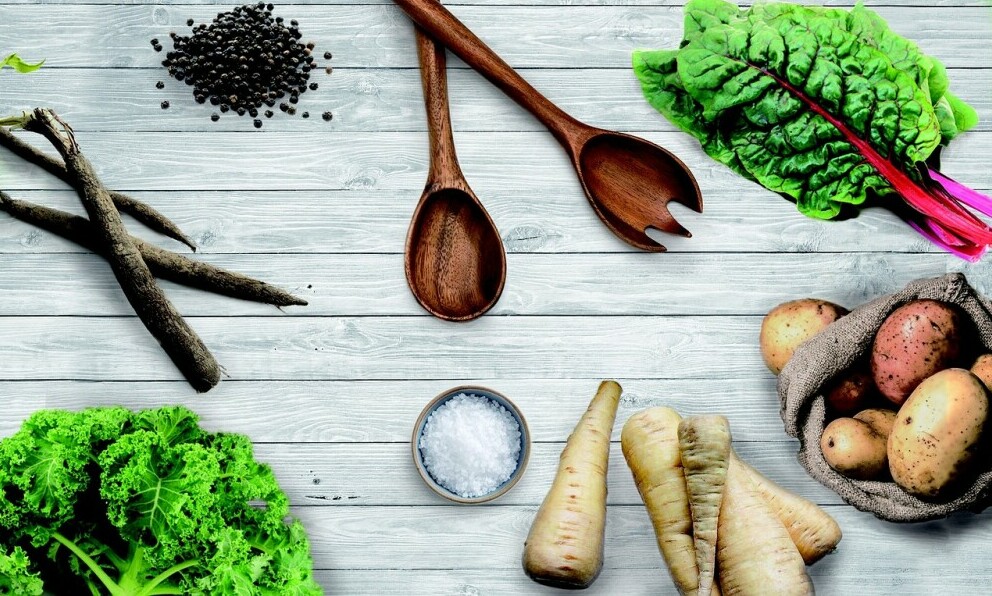
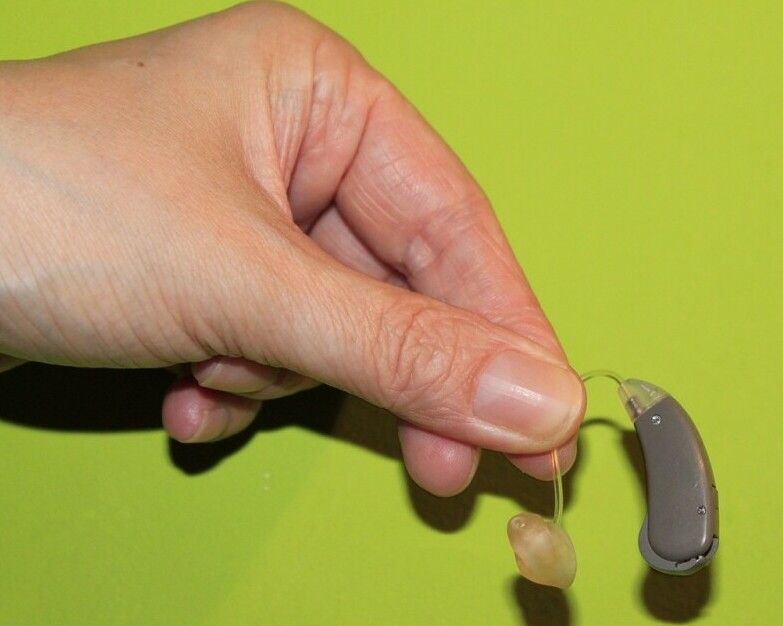
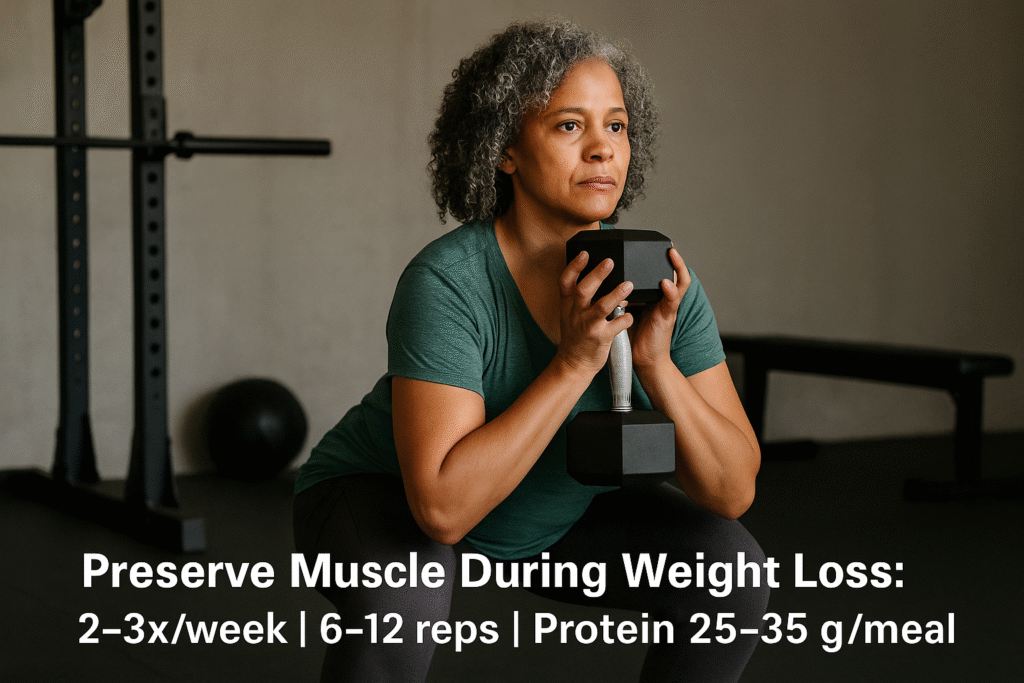
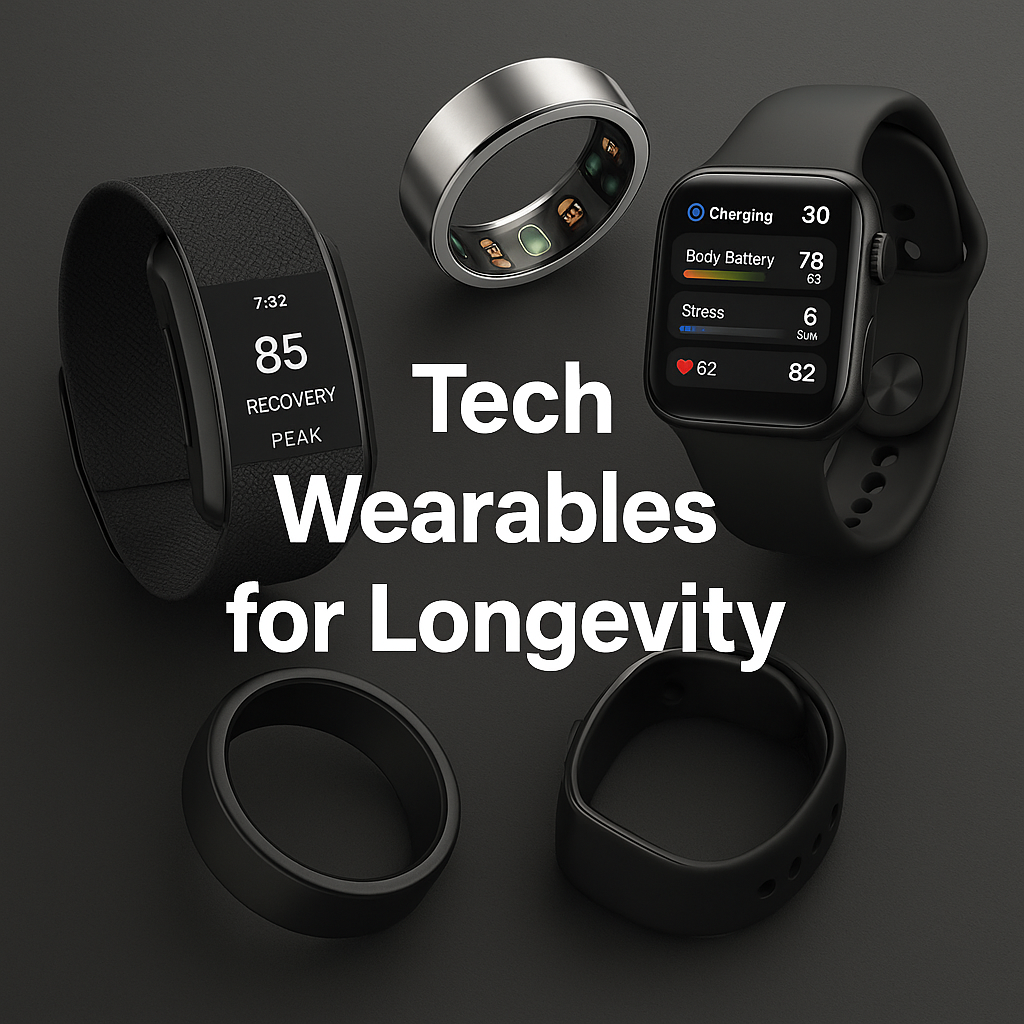
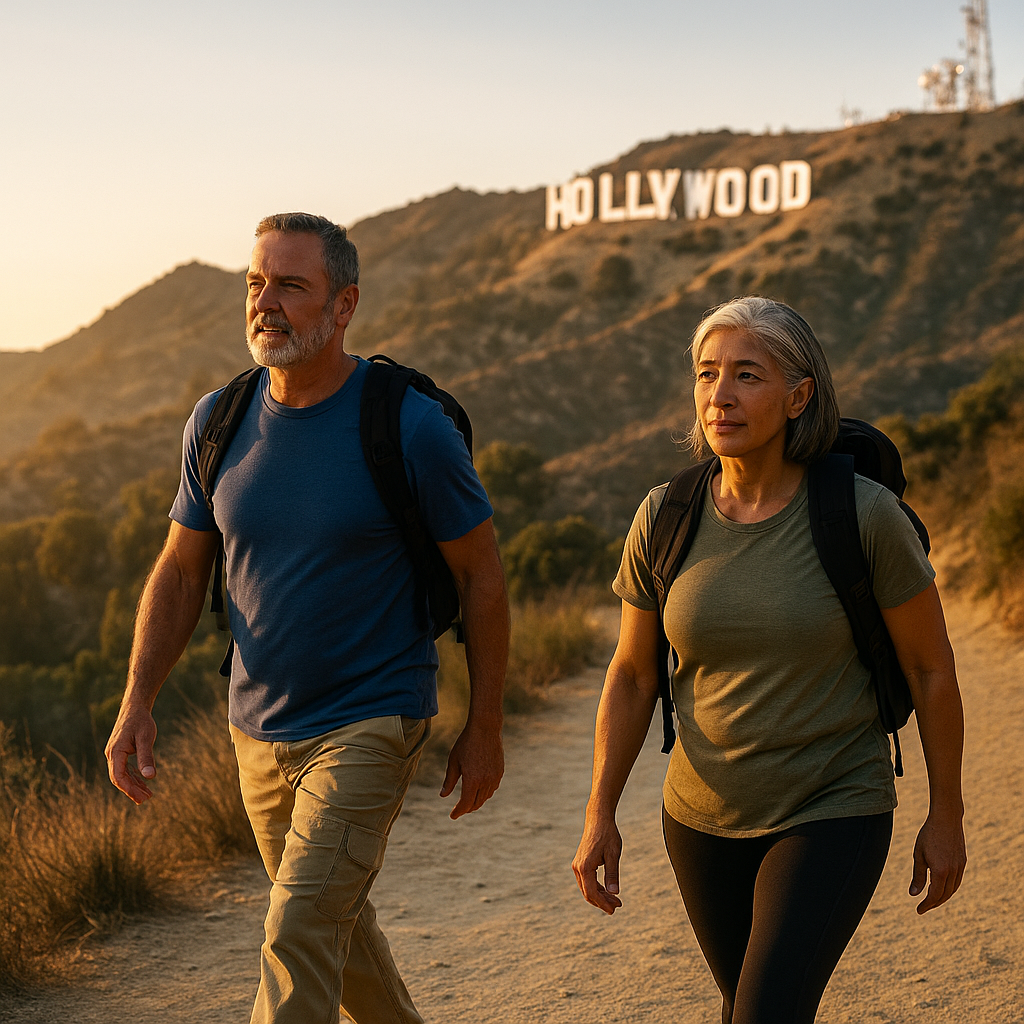
[…] Another tool I find that helps me sleep better is the use of saunas, which has also been found to promote recovery with Heat as a cardiovascular stressor for increasing the heart rate, dilating vessels, and improving skin blood flow. You can read more here: Sauna For Longevity […]